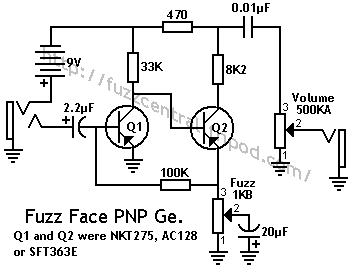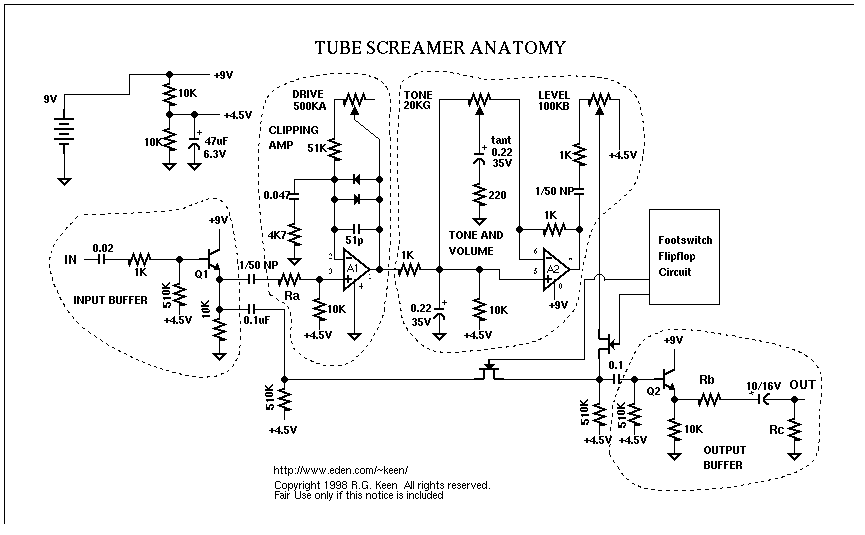You can always change the input impedance setting in the Axe which does produce some changes in tone/feel.
Likewise, the sound of say a nice Ge fuzz (I personally don't find Si fuzz to respond the same to the vol pot) does indeed change tone/feel when you roll back a bit, and no, an Axe fuzz, at a given set of parameter values doesn't respond the same, BUT, you can dial in the sound of a fuzz pedal with the volume rolled backed and get the same cleaner/edge of breakup fuzz tones.
You just will need to set things up differently, such as use an X/Y setting on the drive block, so instead of just rolling the volume pot back, you roll the volume pot back, and ALSO hit the X/Y for the block. Its a less organic experience than just using the vol pot to shape the tone, but pretty much any specific tone you can get out of the fuzz you can get out of the Axe.
I dialed it in with my EQD Dream Crusher, the London Fuzz AVS Ge, a Red mini Dunlop FF, all great fuzz, especially the London, with its amazing clean-up, and I ended up selling them all because after enough tweaks I could get it where I couldn't tell them apart. The Axe is really that good, but it takes work sometimes
I totally get the advantages of plug and play with a pedal, not to mention the cool/fun factor of having pedals, buying pedals etc, and the my traditional playing experience they can provide, so I'm not saying the Axe replaces all that, or is "better", but I am saying that as far as the end tone goes, the Axe can match nearly any fuzz out there (sort of maybe some of the crazy stuff)


